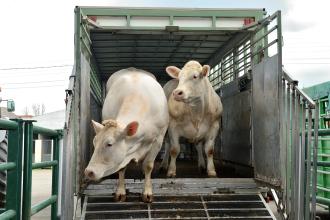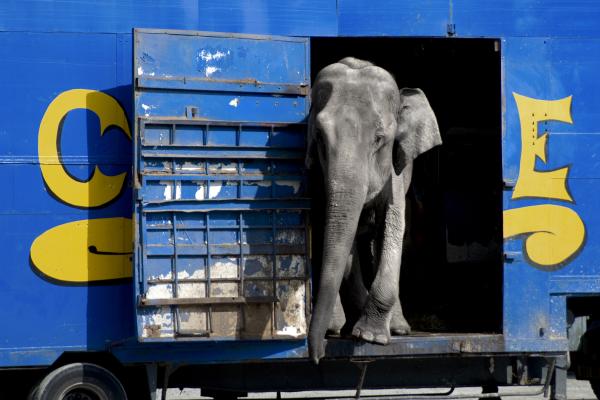

Most animals, including animals used for research or exhibition and livestock, will be transported by truck, trailer, air, or boat at some point in their life. One objective of the Animal Welfare Act is “to assure the humane treatment of animals during transportation in commerce…” (7 USC § 2131 (2)(2022)). Transportation can be a major stressor for animals, so it’s important to consider their welfare during the process. Animals should arrive at their destination in good health and minimally distressed. Find transport guidelines and regulations for various animal species below.
Dr. Temple Grandin, Colorado State University. Livestock handling expert, Dr. Temple Grandin gives information about humane handling and behavior of livestock during transport.
Canadian Agri-Food Research Council. Canada developed national guidelines for handling, transporting and processing of farm animals.
National Research Council. This report recommends best practices for the care of animals in transit including species-specific recommendations, thermal requirements, space requirements, and more.
Laboratory Animal Science Association. Transport Working Group. In 2005, the U.K. set standards for minimizing animal stress, improving welfare, and ensuring that animals arrive in good health.
![]()
International Air Transport Association (IATA).
IATA provides information on transporting pets and other animals by air. The IATA Live Animal Regulations (LAR) can be purchased through their website.

USDA APHIS shares information on transporting live animals (livestock and research animals) into the United States.
USDA APHIS gives guidance on transporting live animals (livestock and research animals) out of the United States.
These regulations give guidance on quarantine, restriction of movement, maintenance of sanitation, and identification of animals to prevent the spread of animal disease.